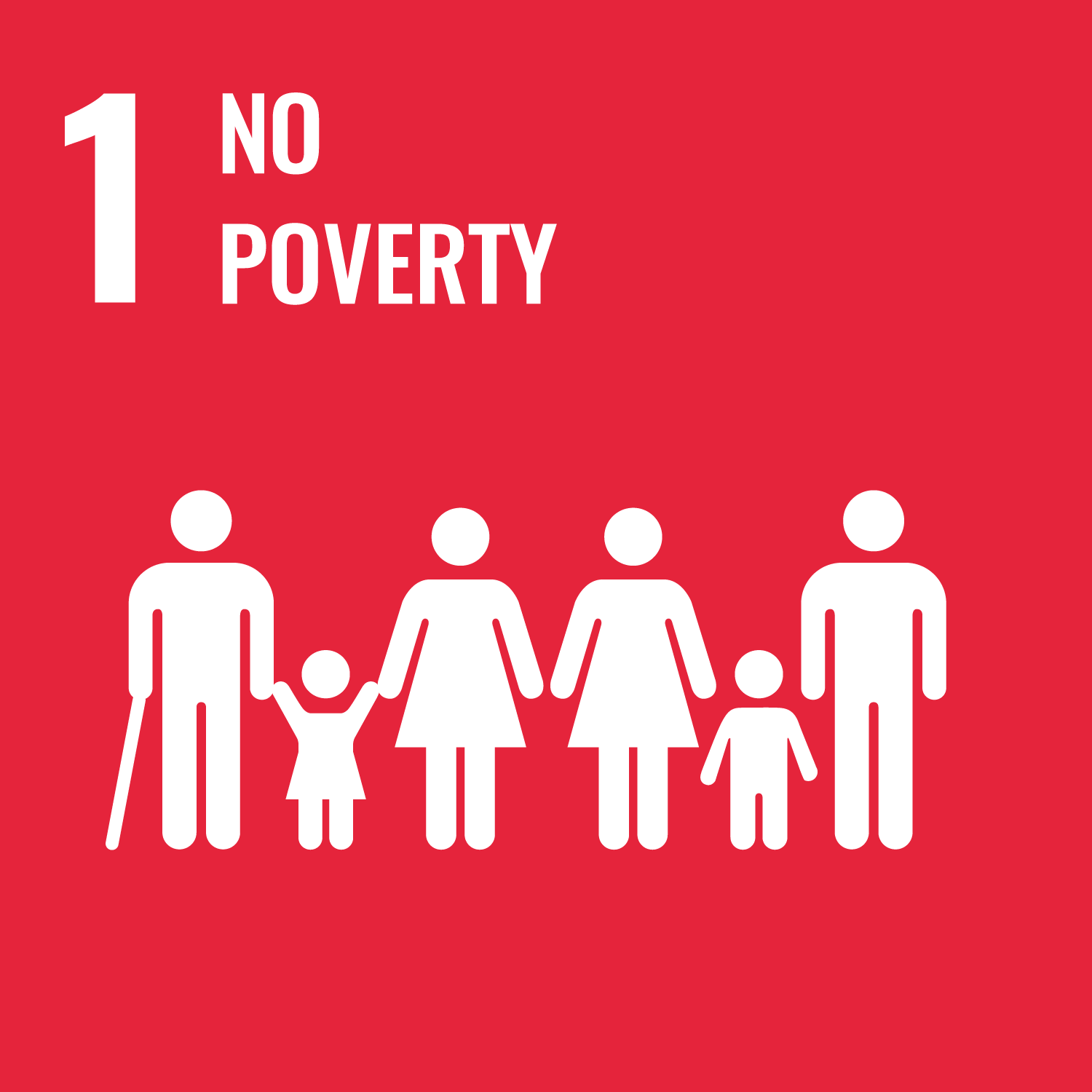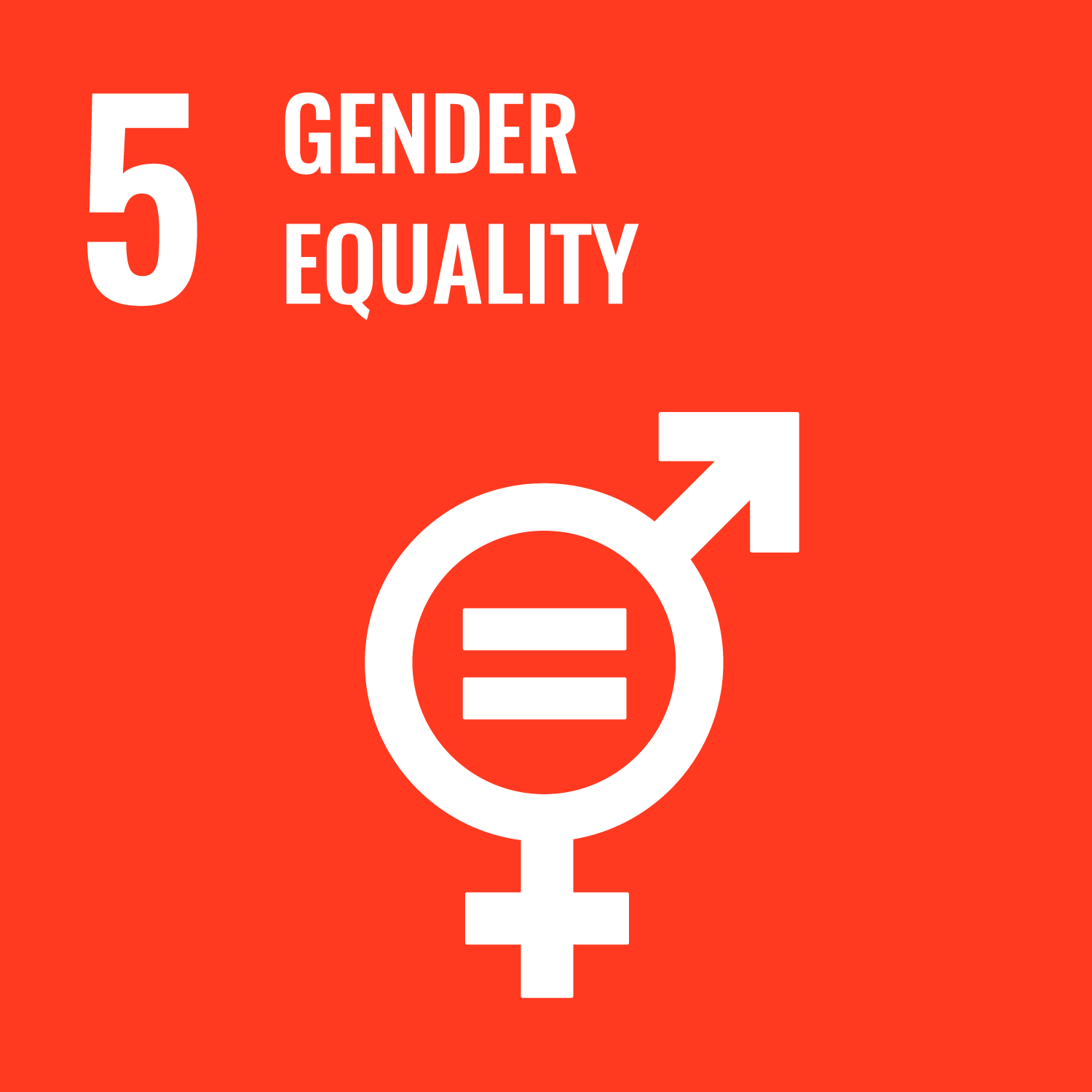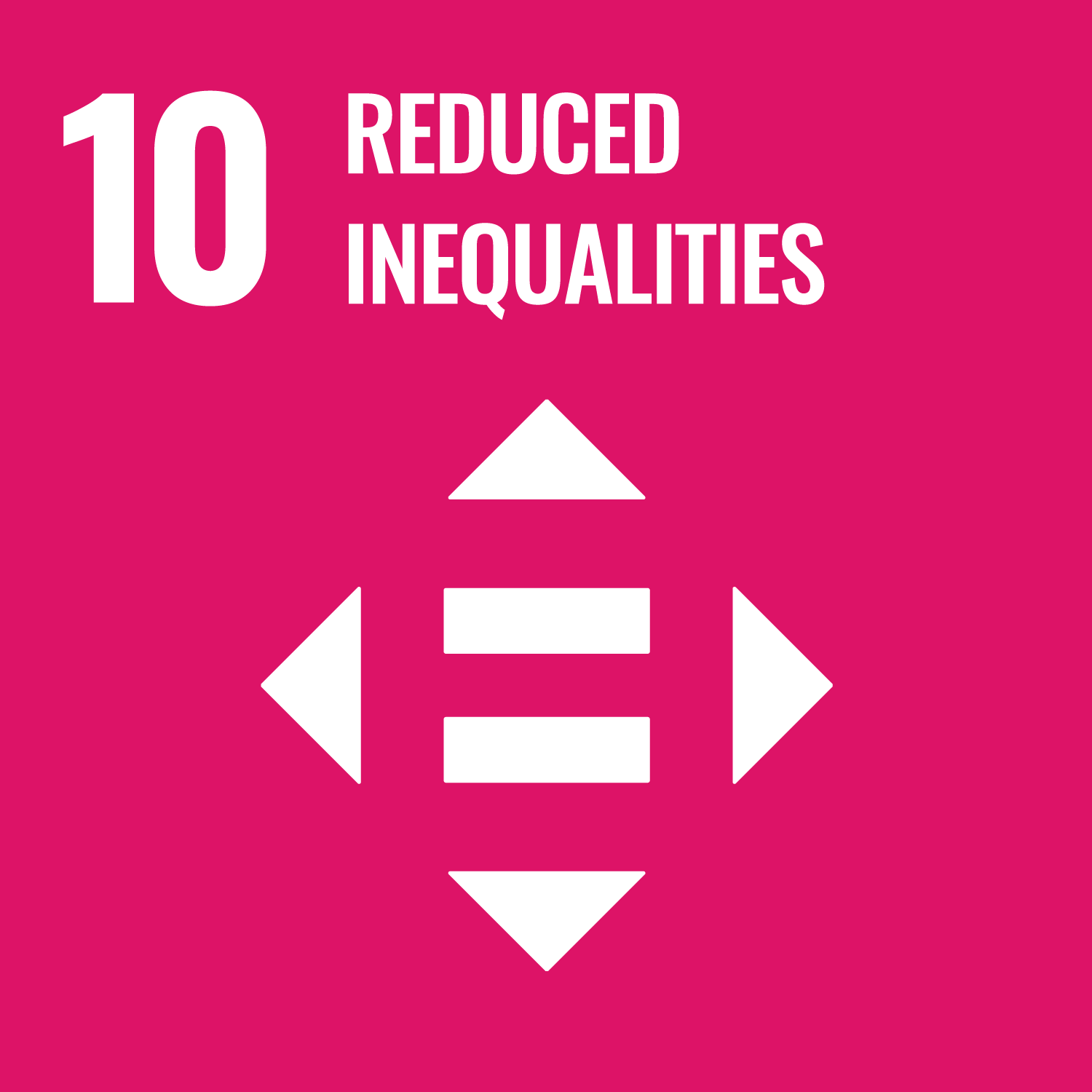This report presents the findings of a survey on the experiences of violence and discrimination within the LGBTI community in Iran. The report opens with a background on LGBTI people in Iran and includes a section on terminology, the research scope and methodology. The survey asked closed and open-ended questions about experiences of violence and discrimination, locations where violence and discrimination were perpetrated, and the perpetrators of violence and discrimination. Given that the survey was distributed via social media, respondents outside of Iran responded: 90% of respondents were in Iran, and 10% elsewhere.
The Executive summary includes recommendations for international organisations, NGOs and the media to support the rights of LGBTI people. The report provides a demographic breakdown of participants looking at age, ethnicity, disability, education level, sex assigned at birth, gender identity, sexual orientation and geographic location. The report then moves into key findings and analysis. The first portion of this section looks at participants’ understanding of different types of violence. A section on experiences of structural violence follows, looking specifically at violence in the legal system, in the education system and in the healthcare system. The following section presents findings on experiences of social violence, domestic violence, intimate partner violence, violence in public spaces, and violence and bullying in peer groups.
The cycle of violence is then discussed, looking at the ways that structural violence contribute to challenges for LGBTI people such as homelessness, violence in school, and remaining in violent relationships.
The entirety of the survey can be found in the annex.








